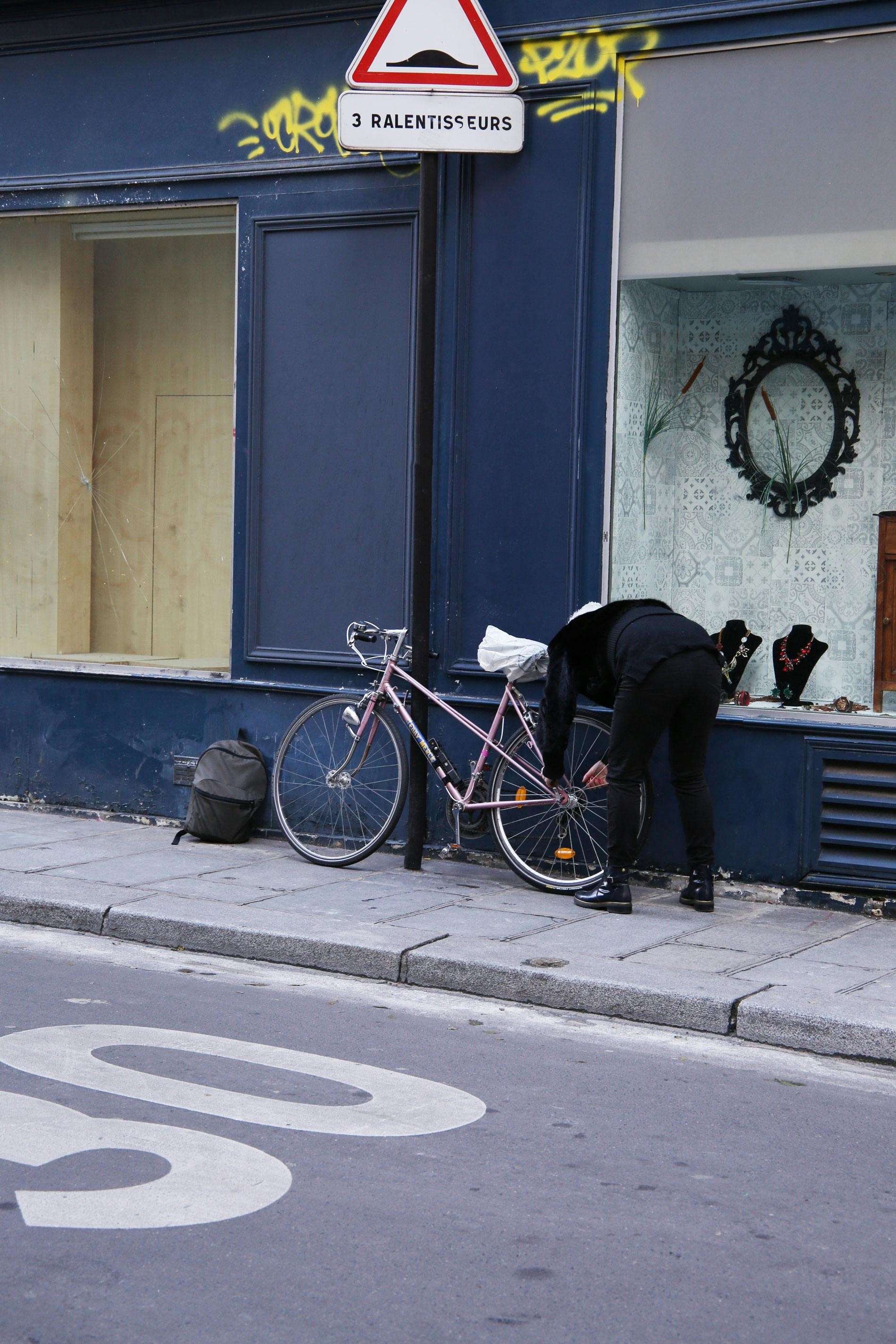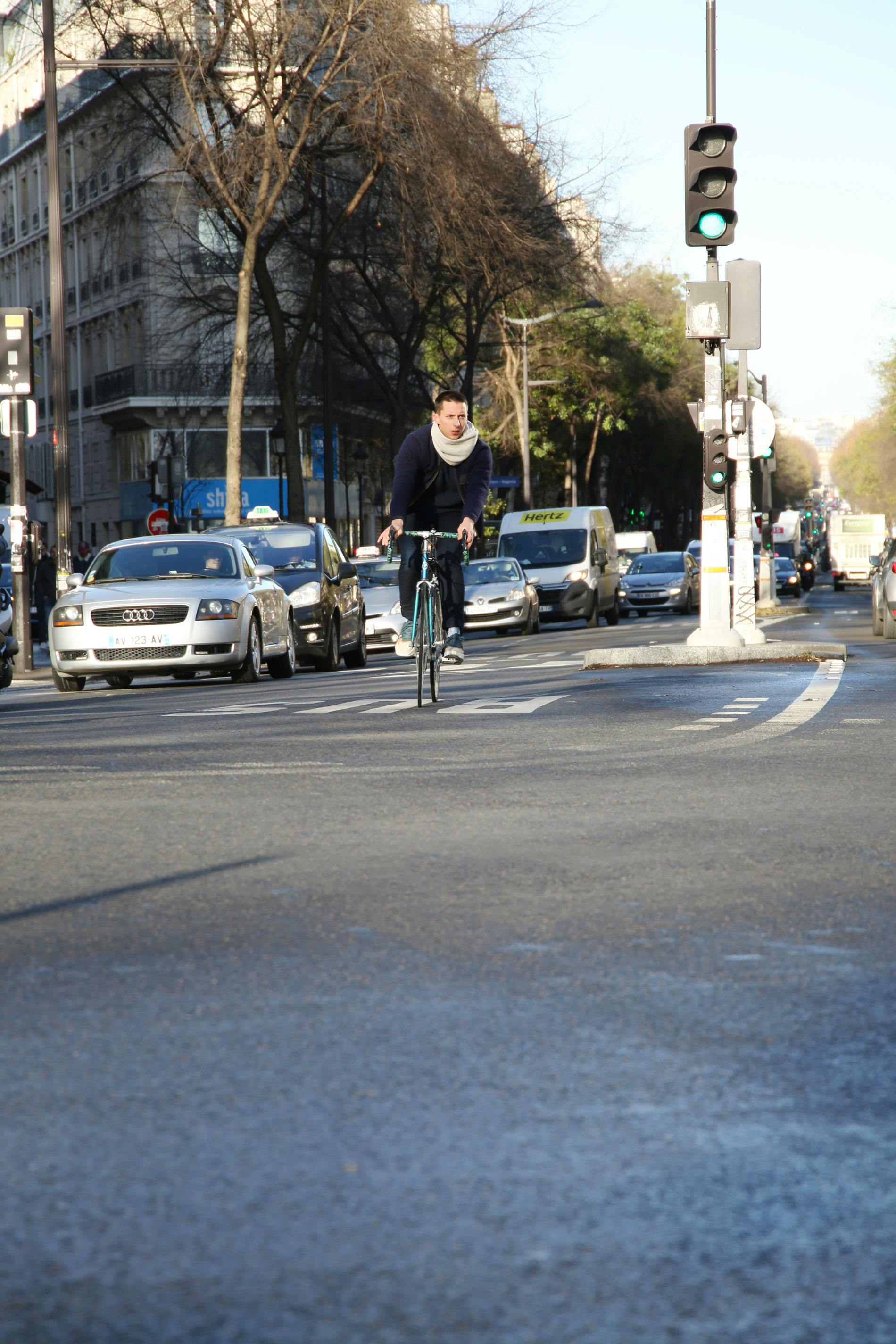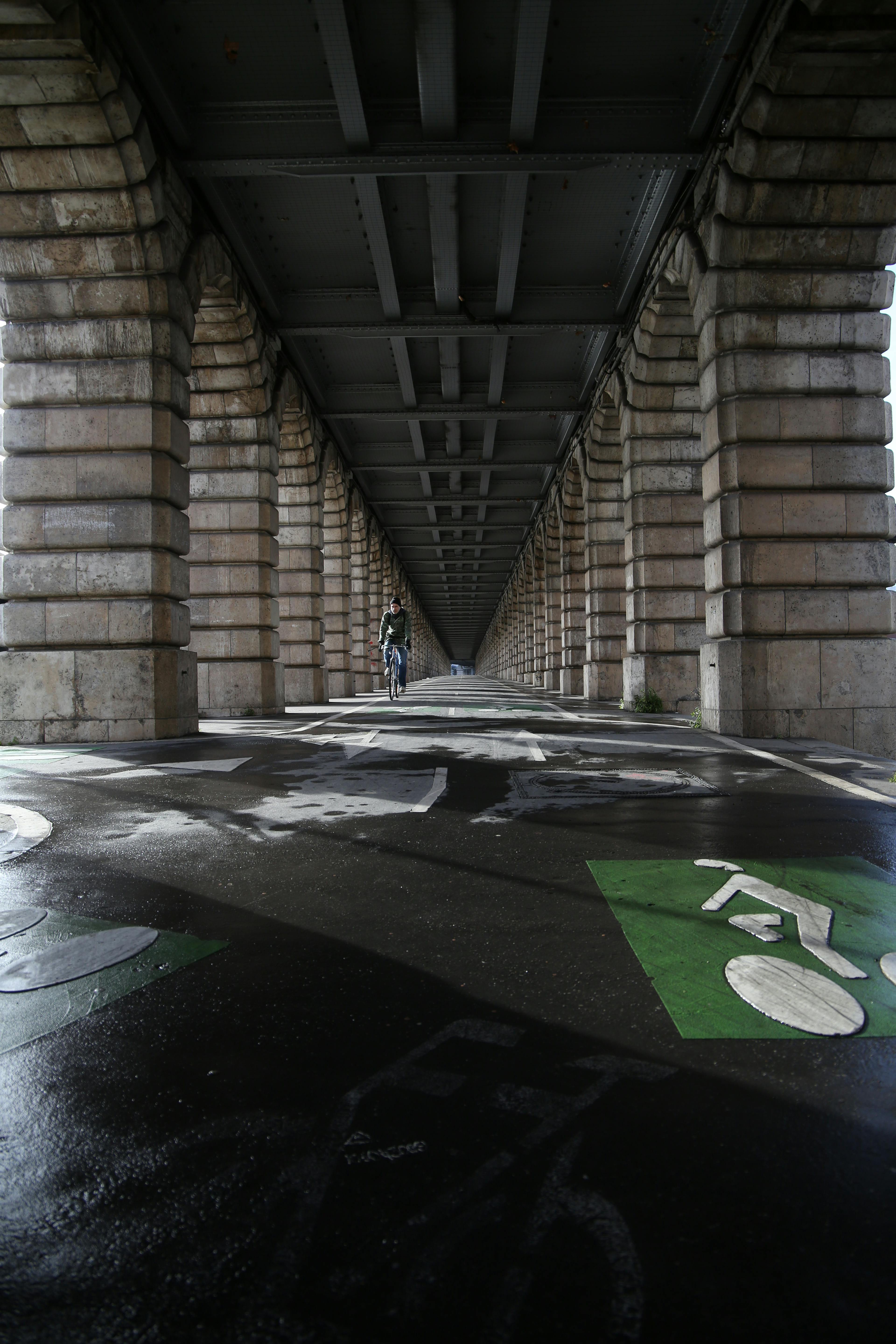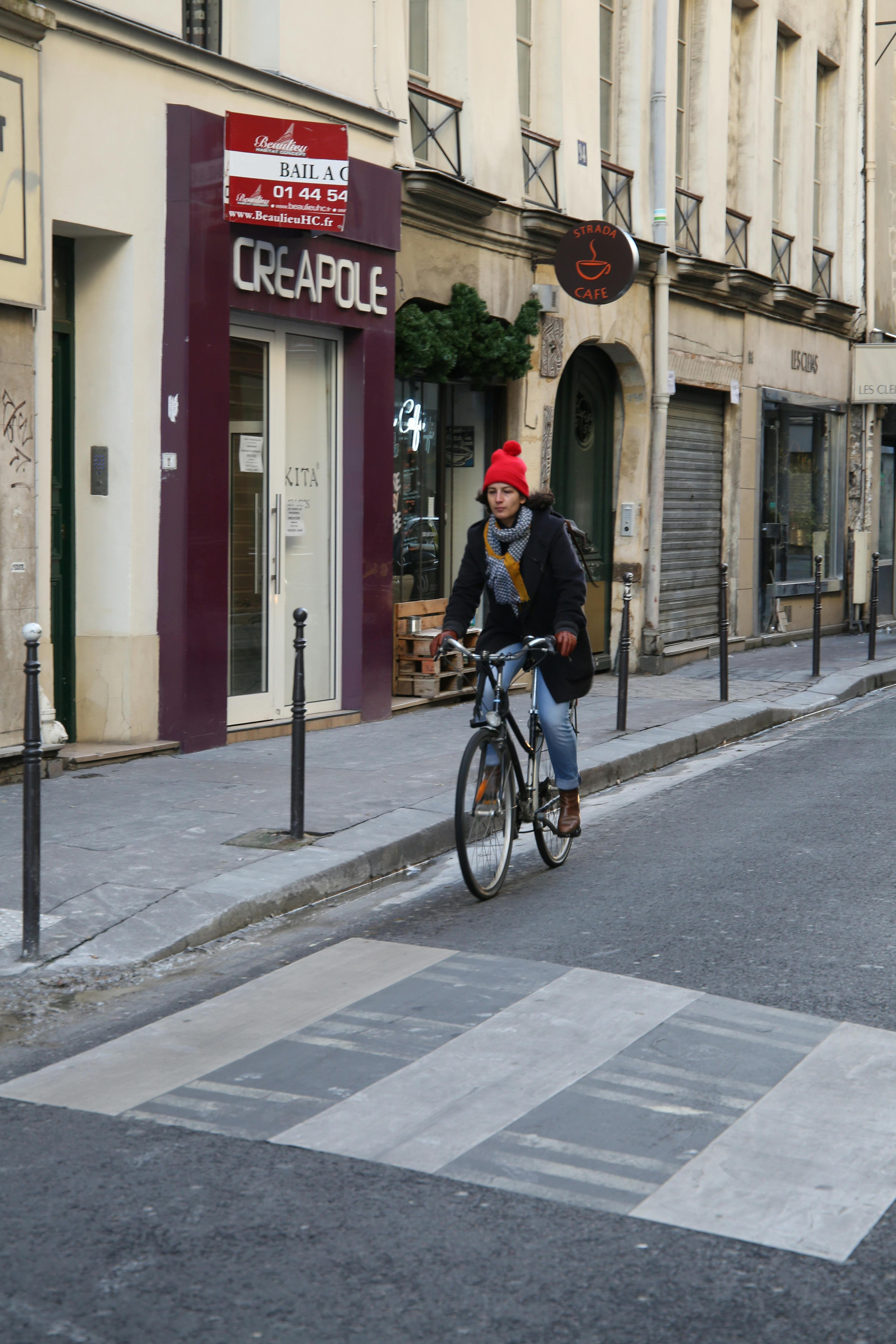Post-car Paris
In 2014, Anne Hidalgo was elected the first female Mayor of Paris on an ambitious platform to drastically lower the city’s carbon footprint and air pollution. She vowed to restrict car access to the city centre, improve public transport links and double the amount of bike lanes in the city from 700 to 1400 kilometres. Progress has sometimes been slow and has often been met with fierce opposition from pro-car advocates, but Hidalgo remains undeterred in her goal to transform Paris into a truly post-car city.
Text: Pete Dawson
Photos: Mari Oshaug
Paris enjoys an almost mythical status as one of the great homes of road cycling. In fact, it was a Parisian blacksmith named Pierre Michaux who first attached a crank and pedals to the draisine, a forerunner to the modern bicycle. For over 100 years the city has hosted the first stage of the Paris-Roubaix and the final stage of the Tour de France, two of the most prestigious cycling events in the world. Yet despite this bike-mad history, the French capital has often lagged behind its European neighbours in terms of functional commuter cycling. Bike trips only account for 5% of daily travel in Paris, a figure Mayor Hidalgo wants to increase to 15% by 2020.
Paris was ranked 13th in the 2017 Copenhagenize Bicycle Friendly Cities Index, rising six places since 2013. Clotilde Imbert, Partner at Copenhagenize Design Co. and Director of their France office, says there is strong political will to improve the city for cyclists. “Mayor Hidalgo began her new term by voting in a €150 million Bicycle Plan and making a bold commitment to triple the cycling modal share,” she says.
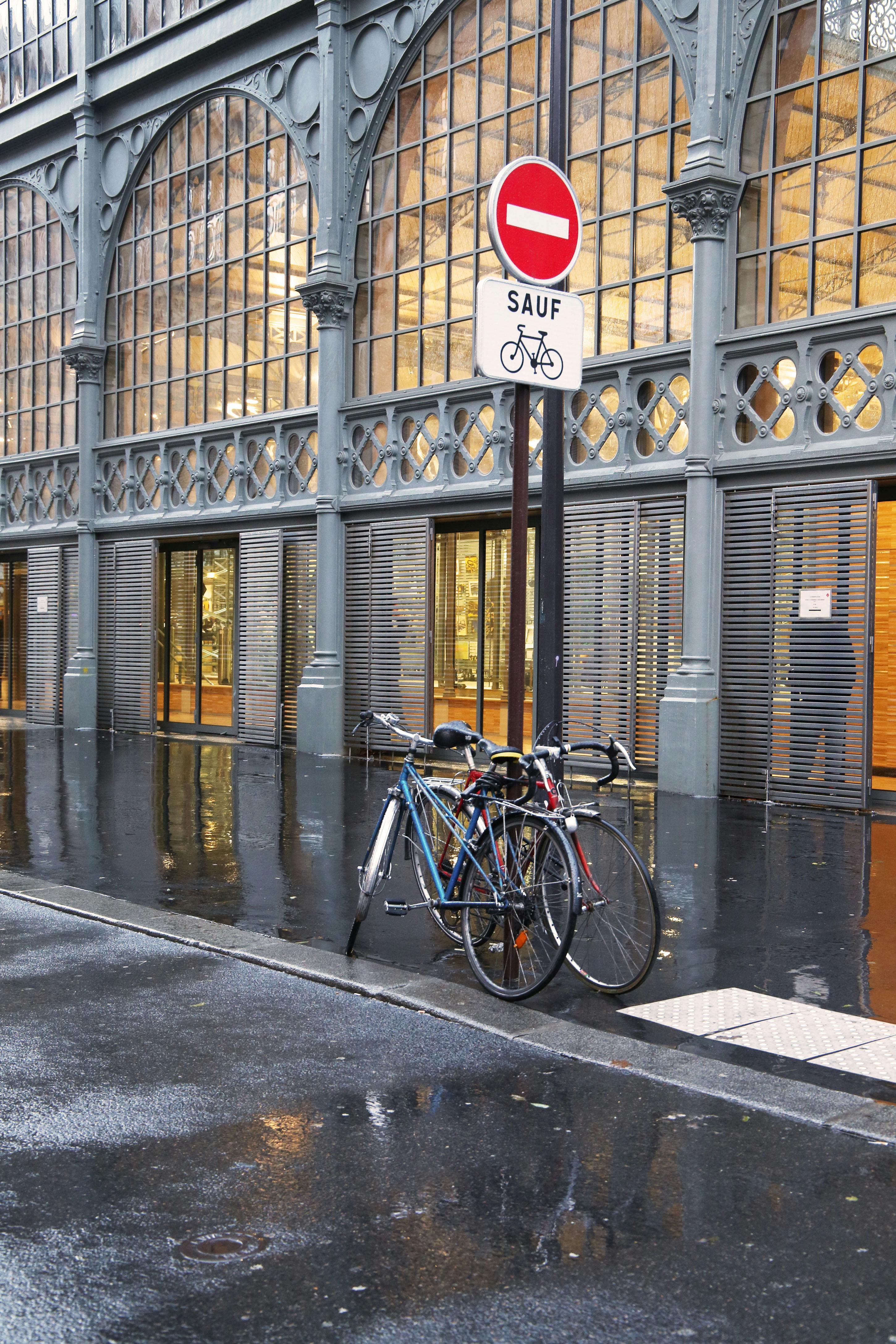
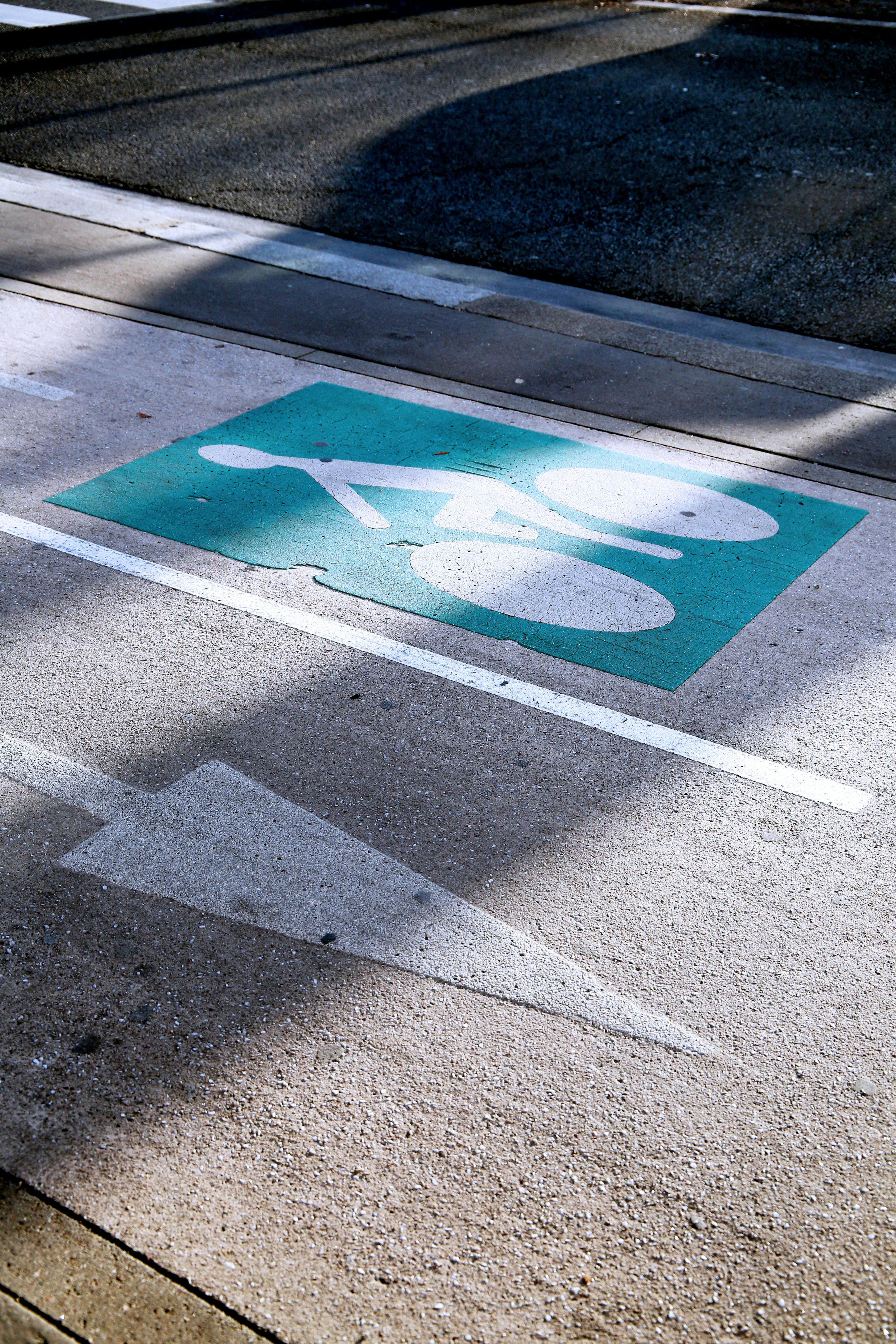
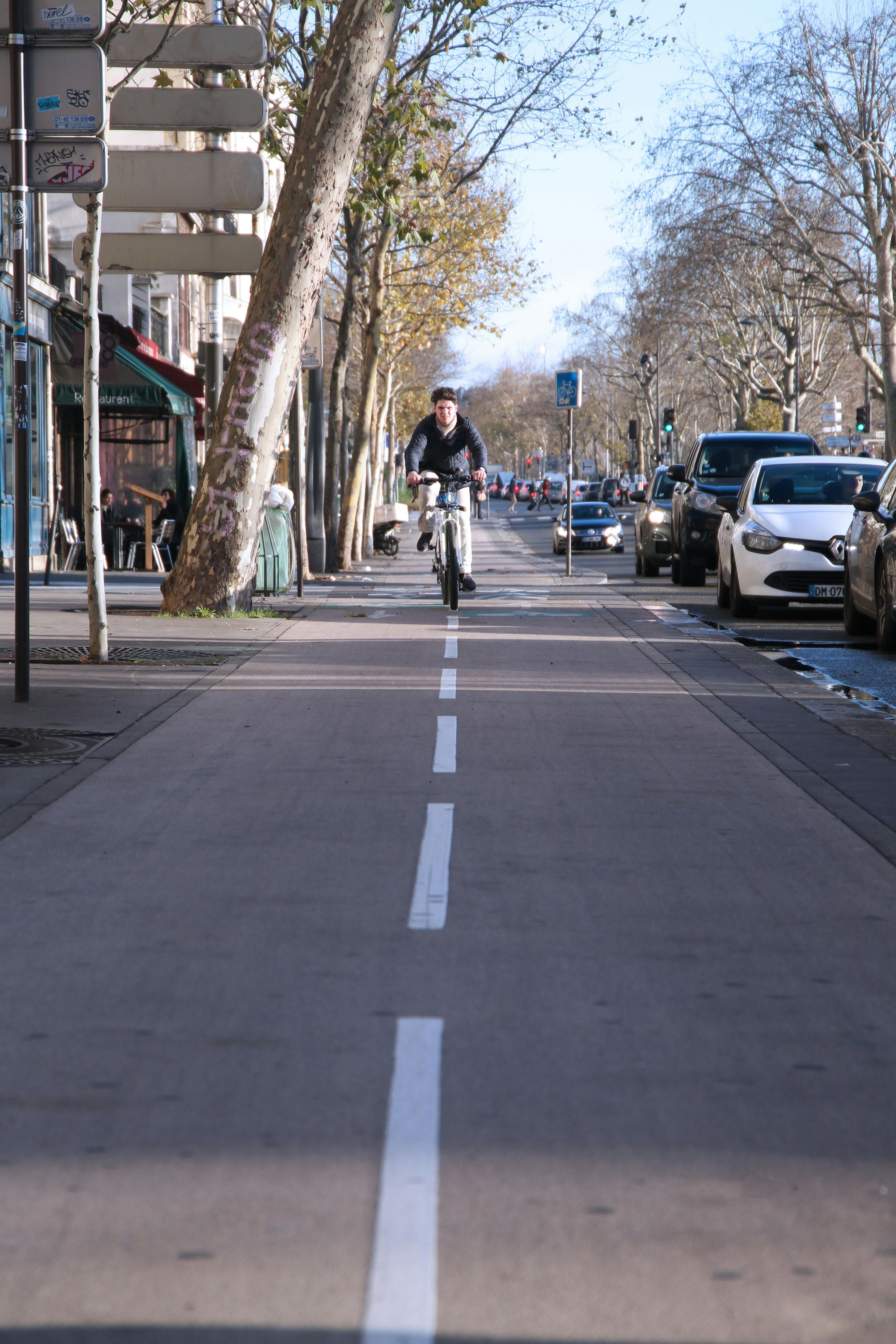
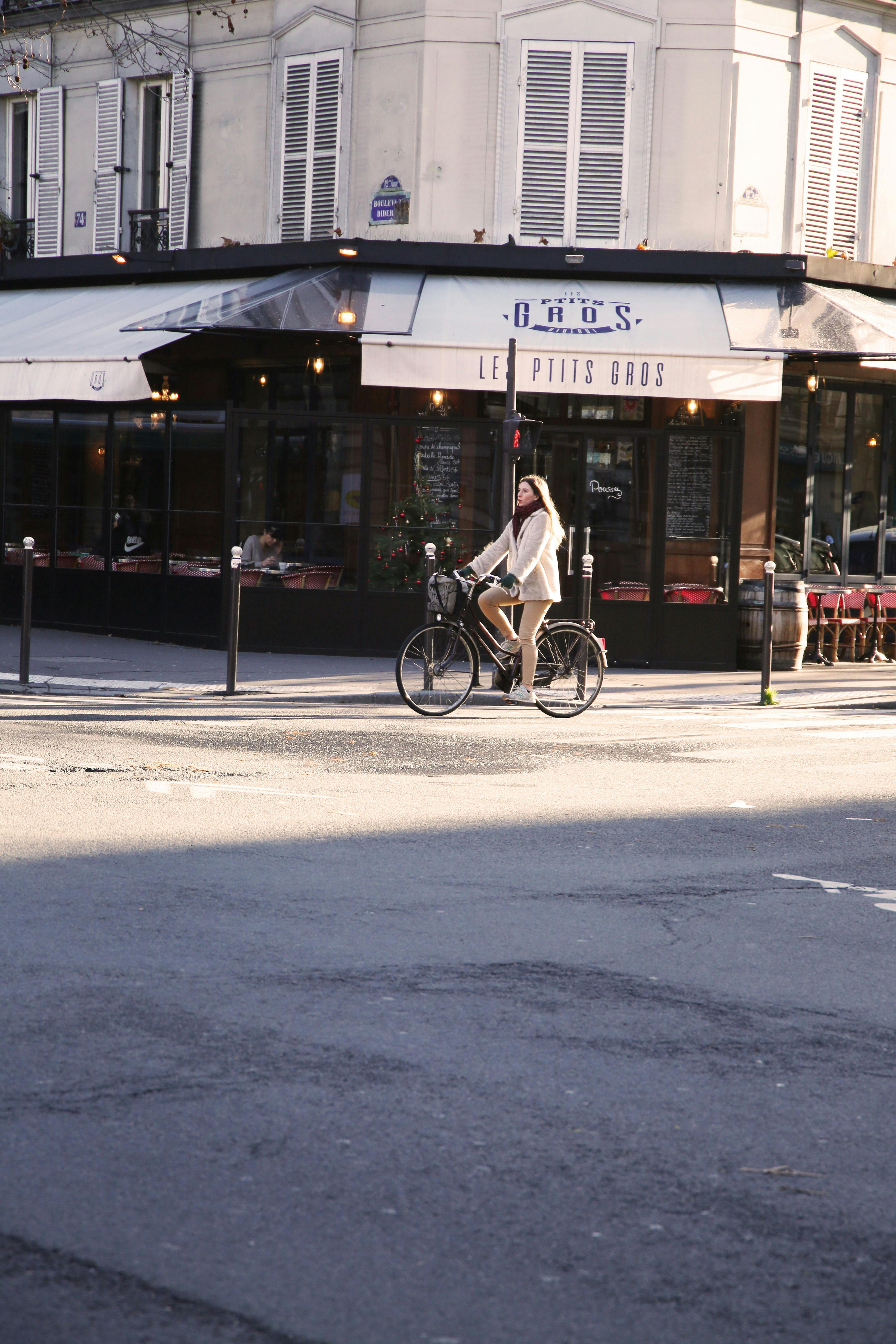
“The Mayor has decided to tackle one of the main challenges of the French capital: the implementation of a network of separated cycle tracks on selected car-centric boulevards. This is crucial to convince bicycle users that they can go through Paris quickly and safely.”
Reinventing Paris is no mean feat. Paris Commune is the most densely populated urban area in Europe, with over 2 million people living in just 105 square kilometres. The historic city centre is encircled by a congested traffic ring and dispersed low-density banlieues that are home to another 10 million people. This places an immense burden on the city’s transport network, which relies far too heavily on the private car.

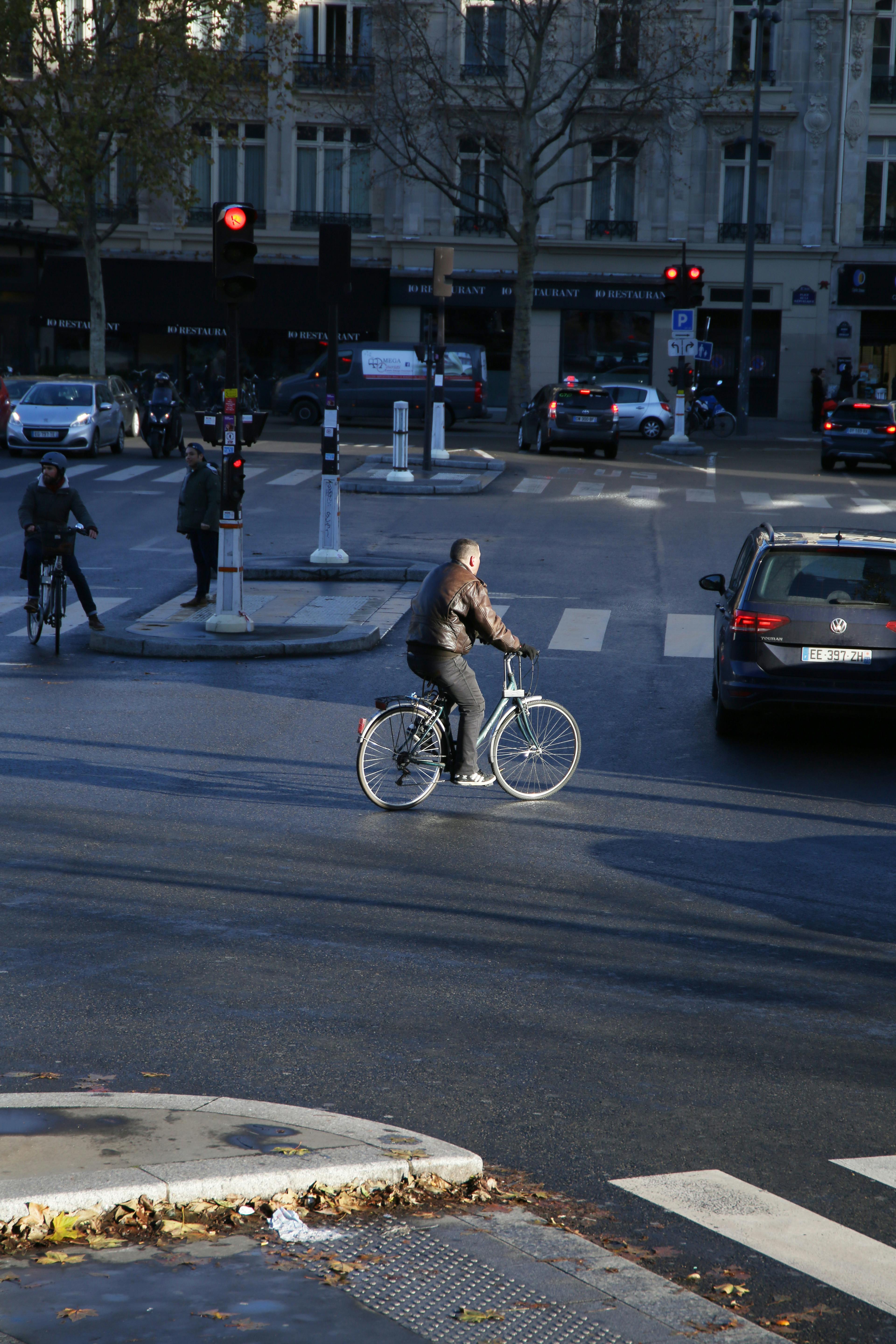
Mayor Hidalgo’s most controversial decision has been to pedestrianise the expressway along the River Seine, with plans to extend the car-free area to the Place du Carrousel and the Rue de Rivoli. City Hall has also introduced tighter restrictions on older diesel cars and a number of car-free days in the summer to address the growing air-quality problem, with the ultimate goal of eliminating all nonelectric cars from Paris by 2030. The move has been met with vocal opposition from motorists and Mayors of the car-dependant outer suburbs, who say it causes unnecessary traffic jams to appease a minority of bike riding ‘bobos’ (bourgeois-bohemians).
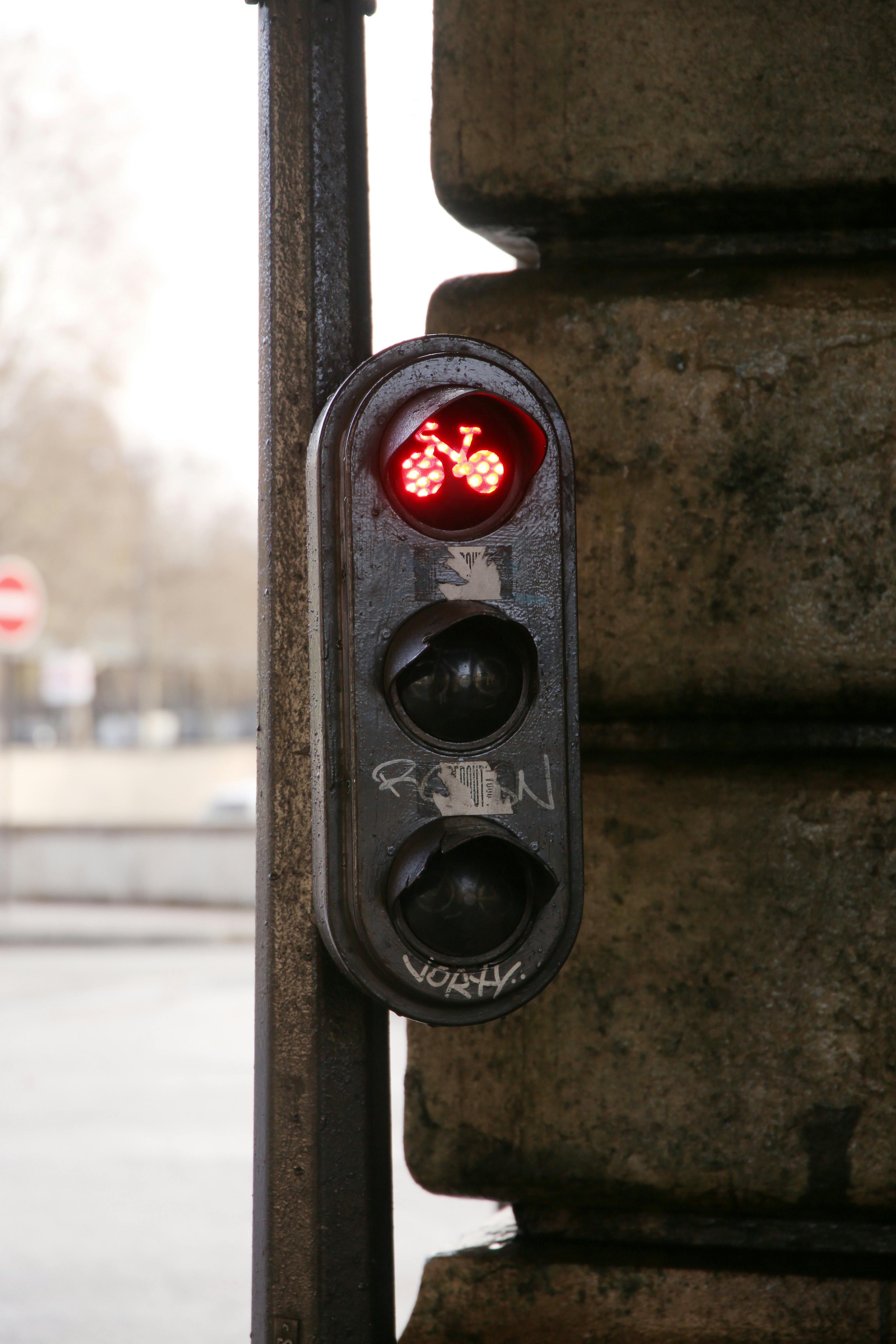
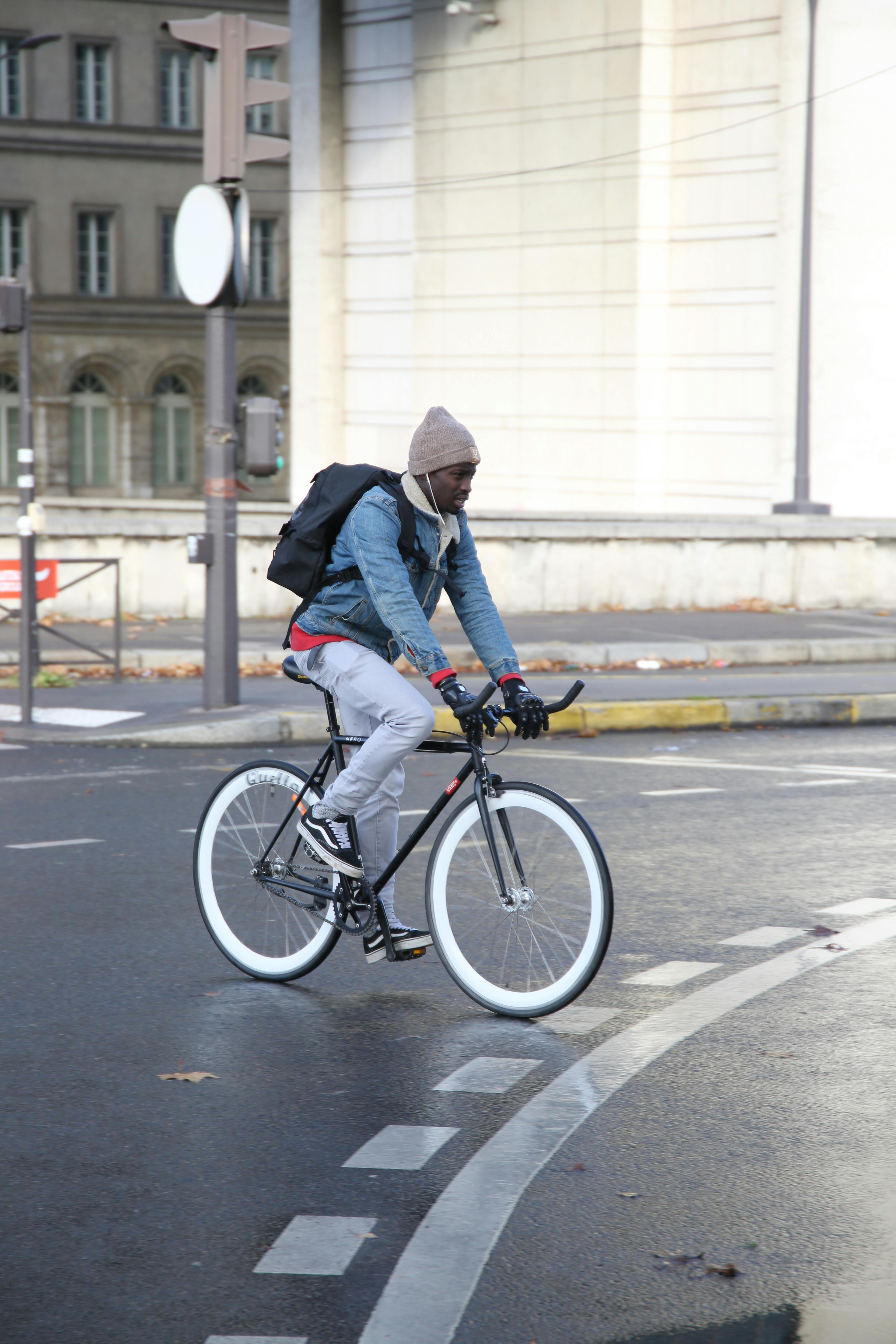

It’s a familiar narrative, pitting the cities against the suburbs, left against right and cyclists against motorists. Clotilde argues that local authorities can promote a more respectful and informed public discussion by “defining a clear vision for their city and gathering citizens around it”.
“Cycling is not only about mobility. Cycling is about improving urban life, supporting local shops, turning trips to school into a moment to chat, tackling noise and air pollution, avoiding obesity, offering a stress-free interlude during busy days. Most of all, cycling is about people, when cycling is made easy, fast and cool.”
While there is a genuine commitment to improve the quality of urban life in Paris, the city has a long way to go. The Vélib’ bike-share system set a new global benchmark when it was launched in 2007 with over 20,000 bicycles and 20 million journeys per year, but street designs have not kept up. Clotilde says “there is still a serious lack of consistency in the main cycling network in Paris, with mostly narrow bicycle tracks that squeeze riders between cars and pedestrians without consideration for their needs. Much of the infrastructure is far from best practice.”
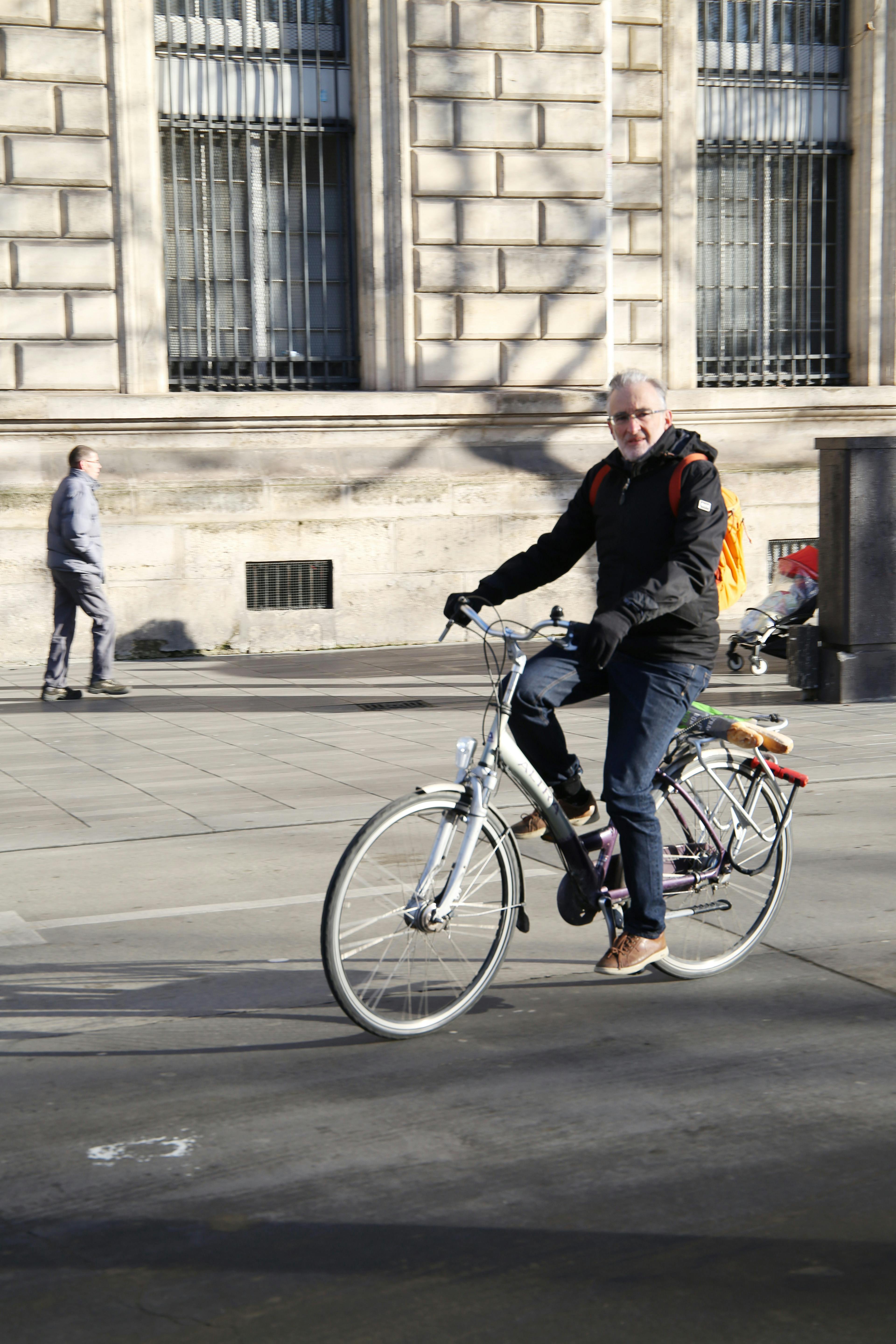
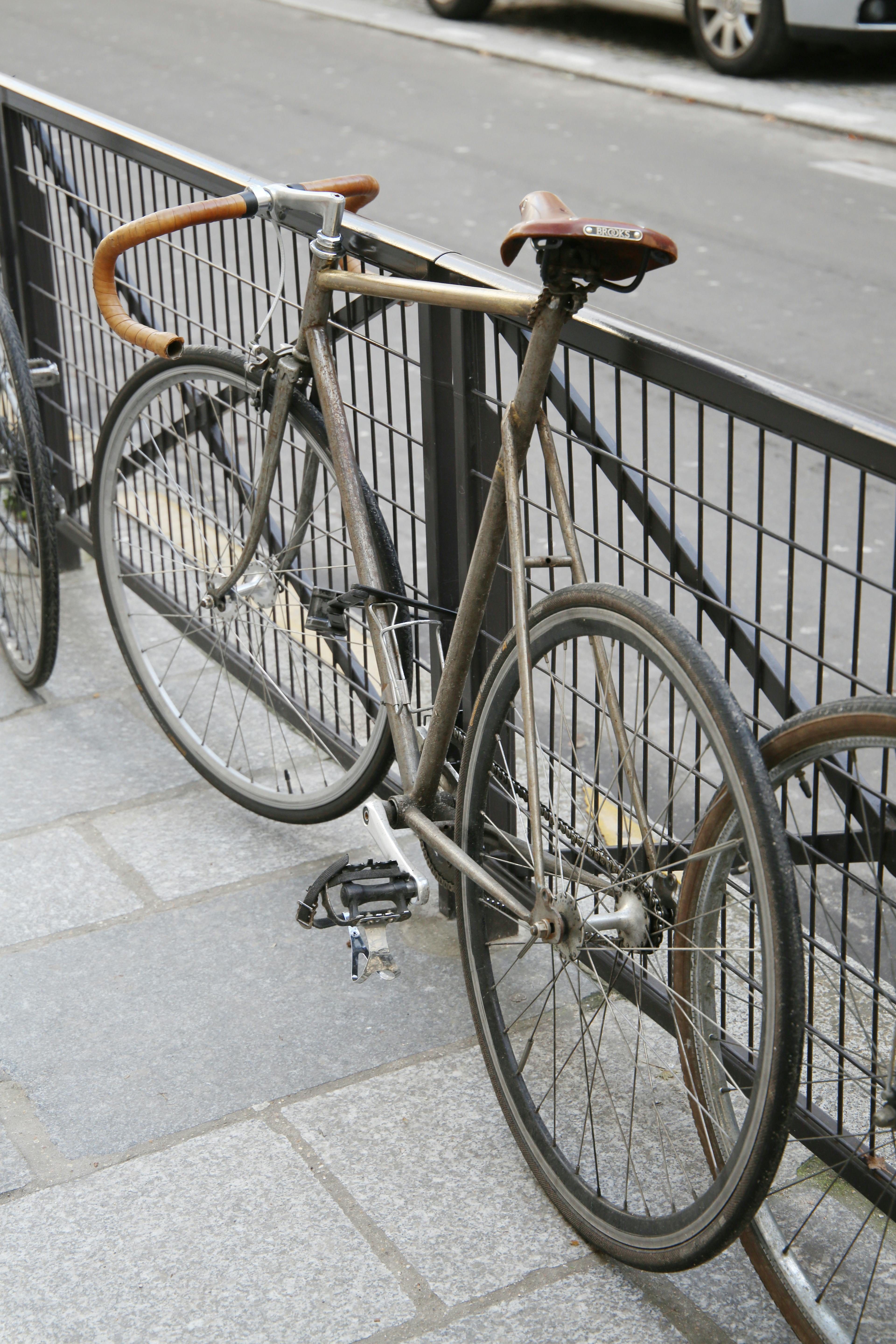
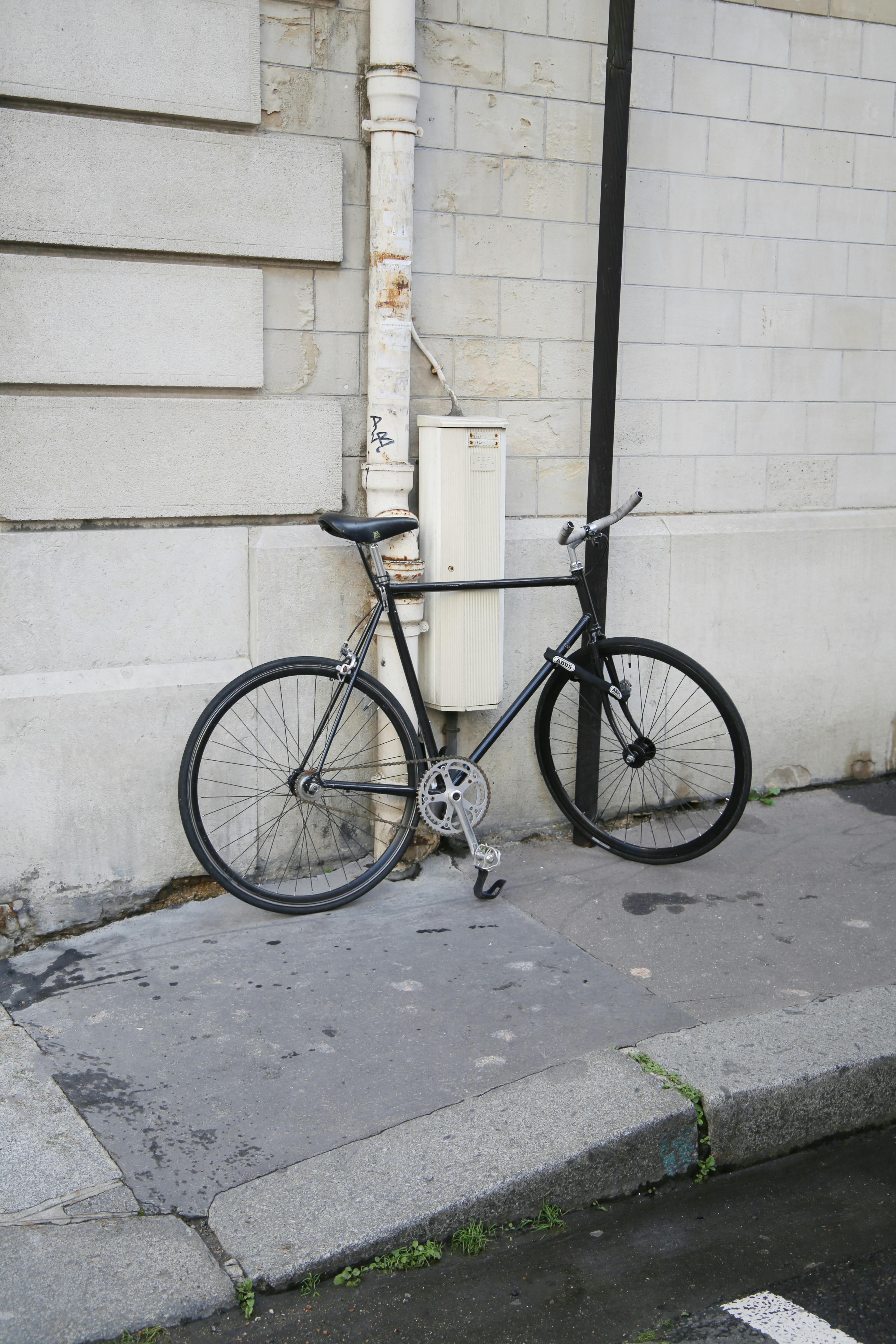
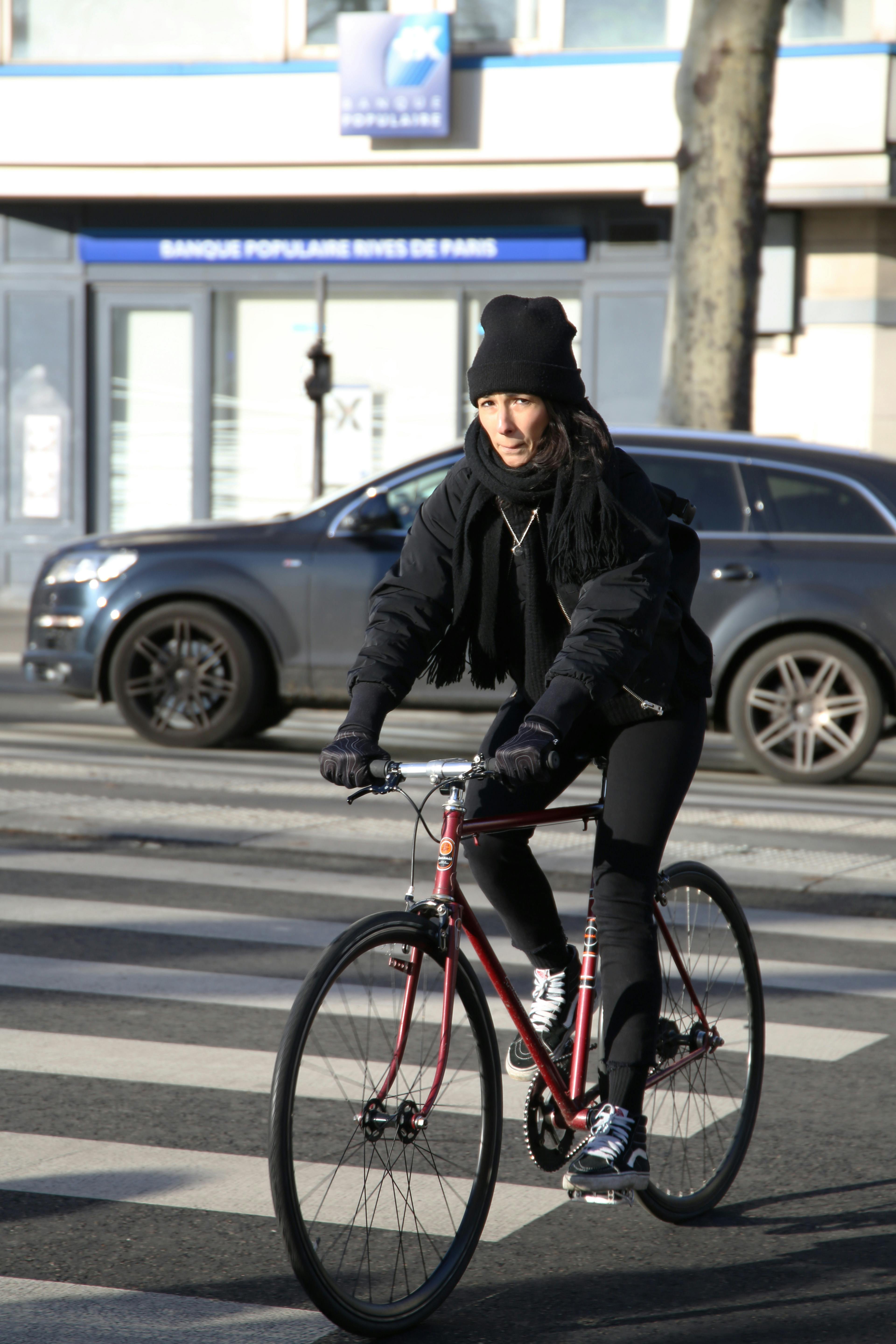
Local advocacy group, Paris en Selle, notes that only 5% of the promised bike lanes have been built halfway through Hidalgo’s six-year term. They point to an obstructive Prefecture intent on delaying the Bicycle Plan and a lack of human resources dedicated to its implementation.
Mayor Hidalgo certainly has a tough job ahead, but she is not alone. There is a growing chorus of big city mayors stepping up to address the global challenges of climate change, health and sustainability. From Paris to Bogotá, Tokyo to Montréal, cities around the world are leading the transition to clean energy mobility systems. Hidalgo now chairs the C40 network of megacities committed to addressing climate change, a group that represents over 650 million people and one quarter of the global economy.
Make no mistake, a quiet revolution is underway to re-establish the bicycle as a legitimate mode of transport in our cities and Paris is playing a crucial role.
